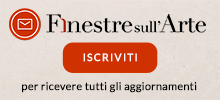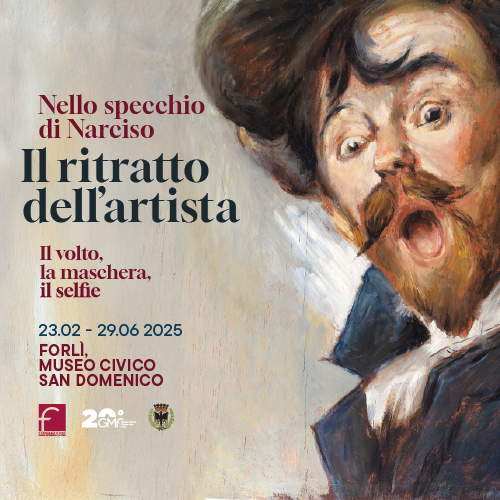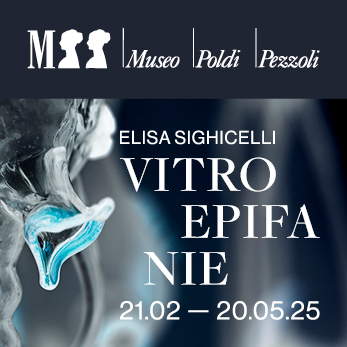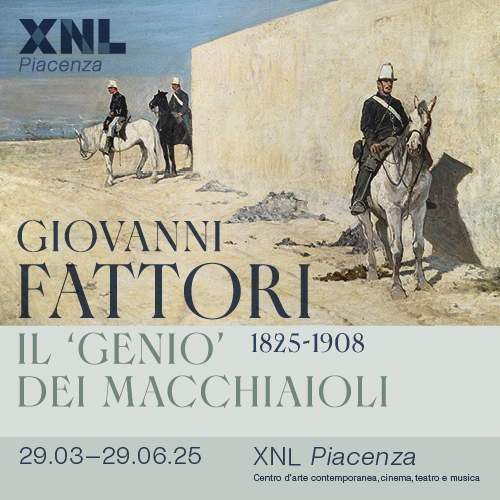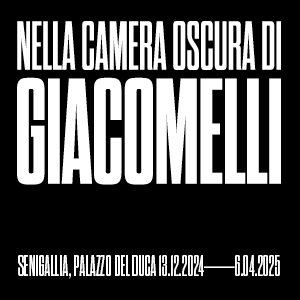The art of Italian bookbinding from the 15th and 16th centuries on display at the Pilotta in Parma
In Parma, from February 8 to May 18, 2025, the Complesso monumentale della Pilotta is hosting the exhibition La legatura italiana dei secoli XV e XVI nel patrimonio della Biblioteca Palatina, curated by Federico Macchi. The exhibition, set up in the evocative Petitot Gallery of the Palatina Library, represents an immersion in the world of Italian bookbinding, an art that, over the centuries, has been able to combine functional value, aesthetic beauty and craftsmanship.
The exhibition is the result of a long research work begun in 2012, conducted by Macchi “shelf by shelf” among the collections of the Palatine Library, one of the richest and most varied book heritages on the European scene. The result of this investigation made it possible to select a corpus of bindings that recount the transformations of this art between the 15th and 16th centuries, divided into two major sections: the Gothic and Renaissance periods.
The term “bookbinding” is defined as the set of operations required to sew and finish a volume, from the sewing of the papers to the covering to the decoration, with the aim of preserving books from damage related to temperature, humidity, mold or insects. While initially the value of bookbinding was exclusively practical, over the centuries it has been transformed into a refined aesthetic exercise: from the austerities of the Gothic period, with dry decorations, to the gilded ornaments of the Renaissance, the sumptuous Baroque motifs, the “lacework” of the 18th century to the romantic decorations of the 19th century.
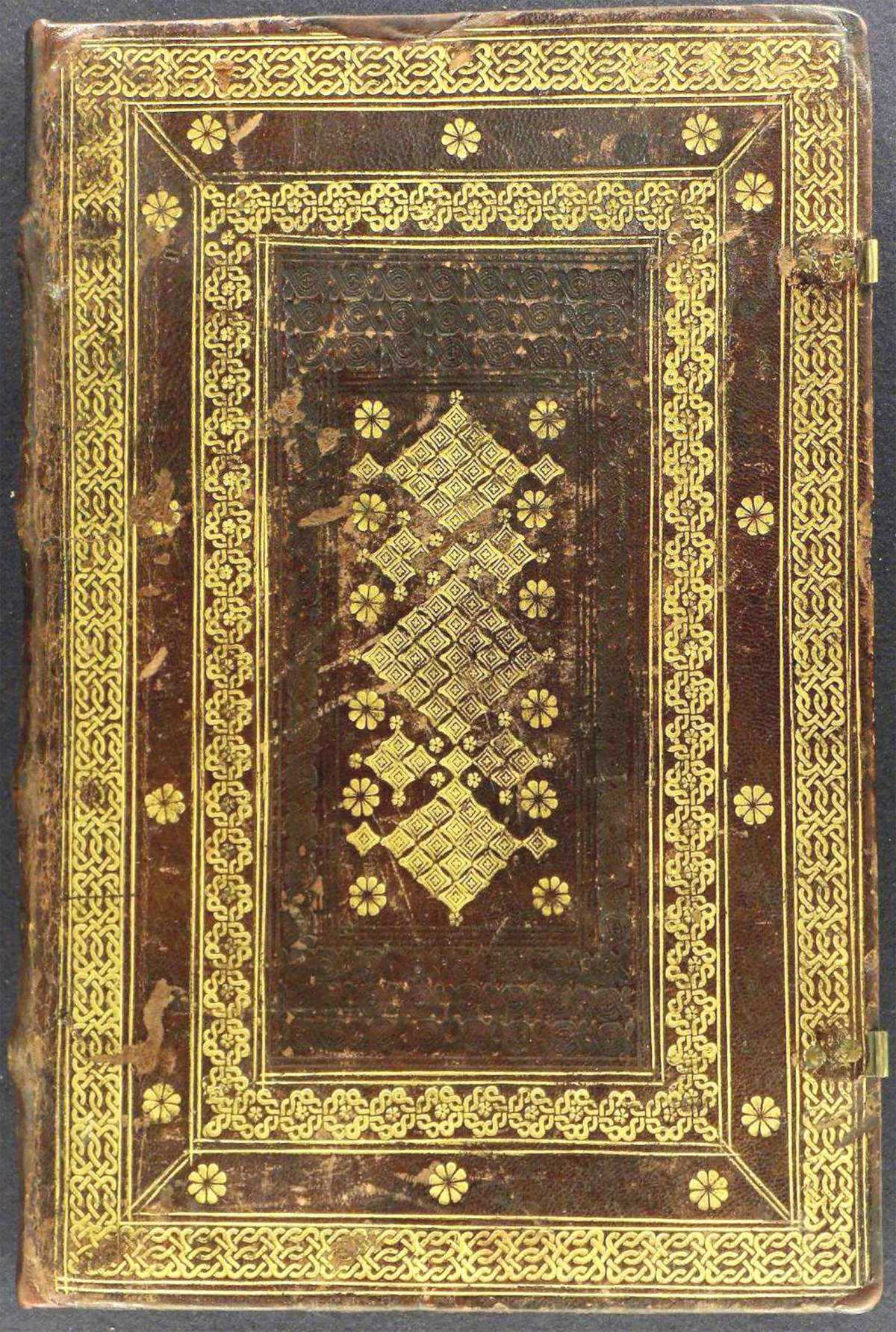
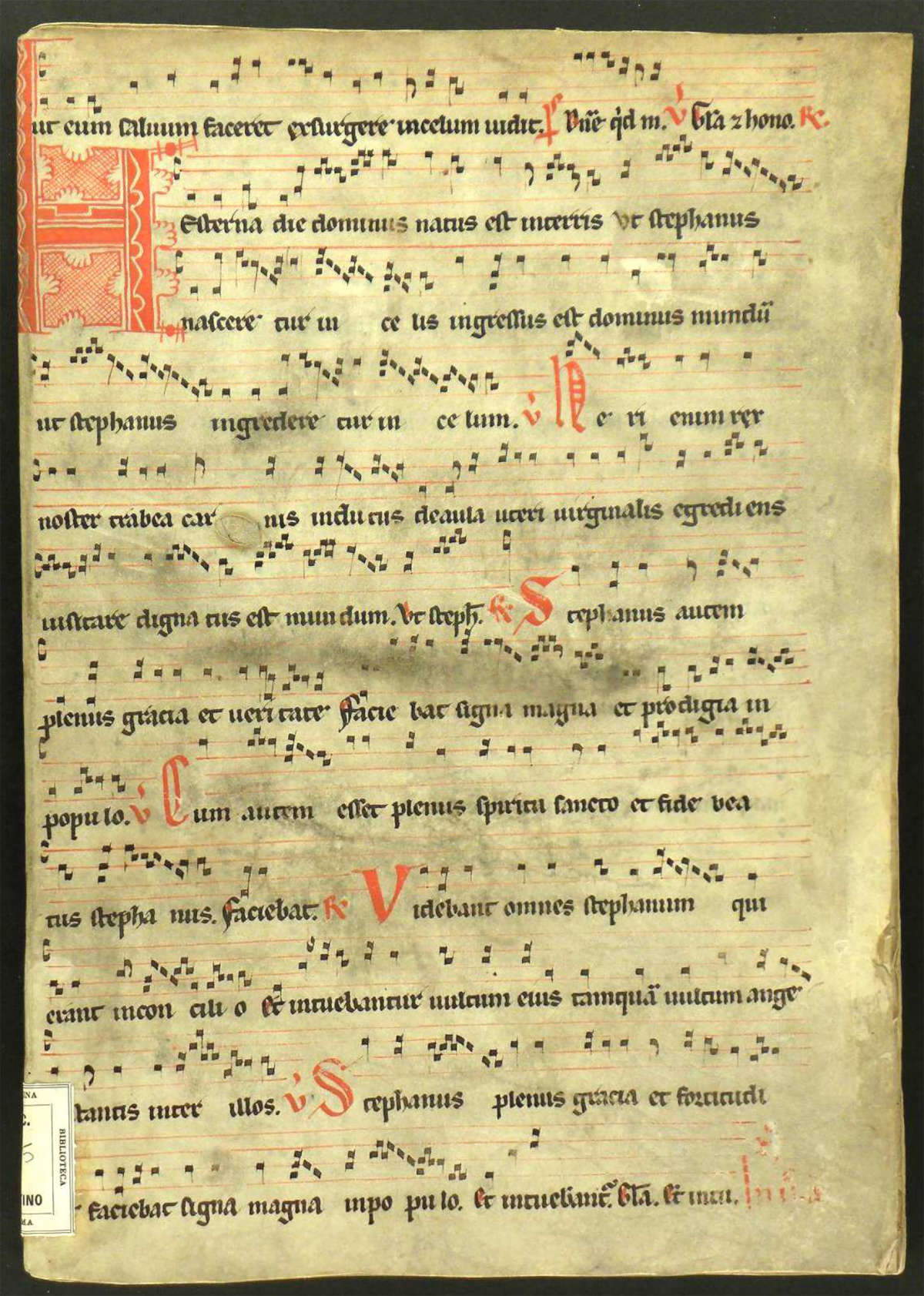
Gothic ligatures: monumentality and rigor
The section on Gothic b indings focuses on artifacts made between the 14th and 15th centuries, when the art of bookbinding developed mainly in monasteries and workshops in university towns. Large-format volumes, often intended for ecclesiastical libraries, were created in these workshops.
The bindings of this period are distinguished by the use of wooden boards, covered with materials such as parchment, tanned leather or sheep and goat leather. The decoration, initially sober and monochrome, focused on embossed motifs, while in later decades gilt inserts began to be used, anticipating the more complex techniques that would flourish during the Renaissance. The grandeur and solidity of Gothic bindings reflected not only the intent to preserve texts, but also the prestige of their owner.
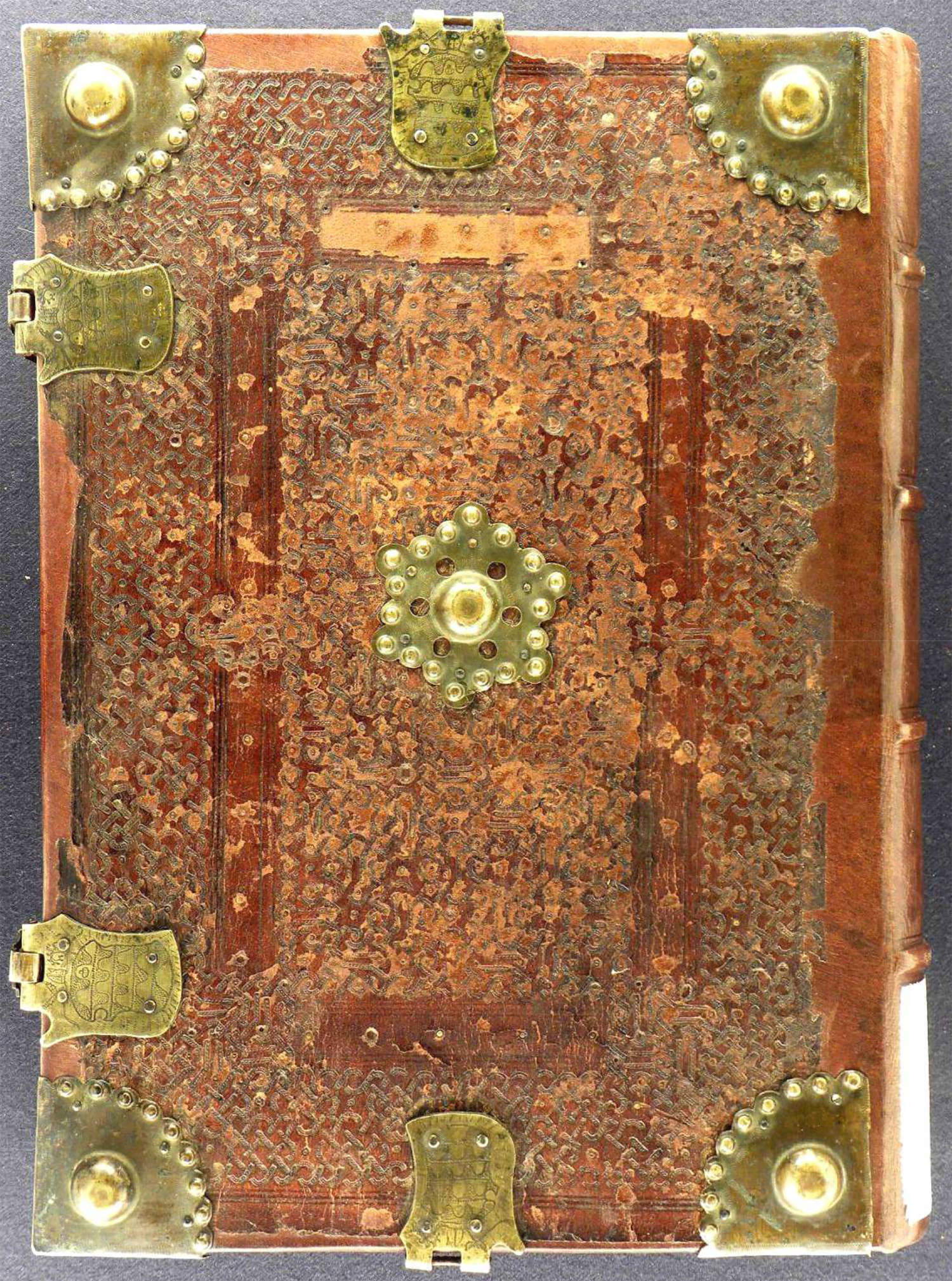
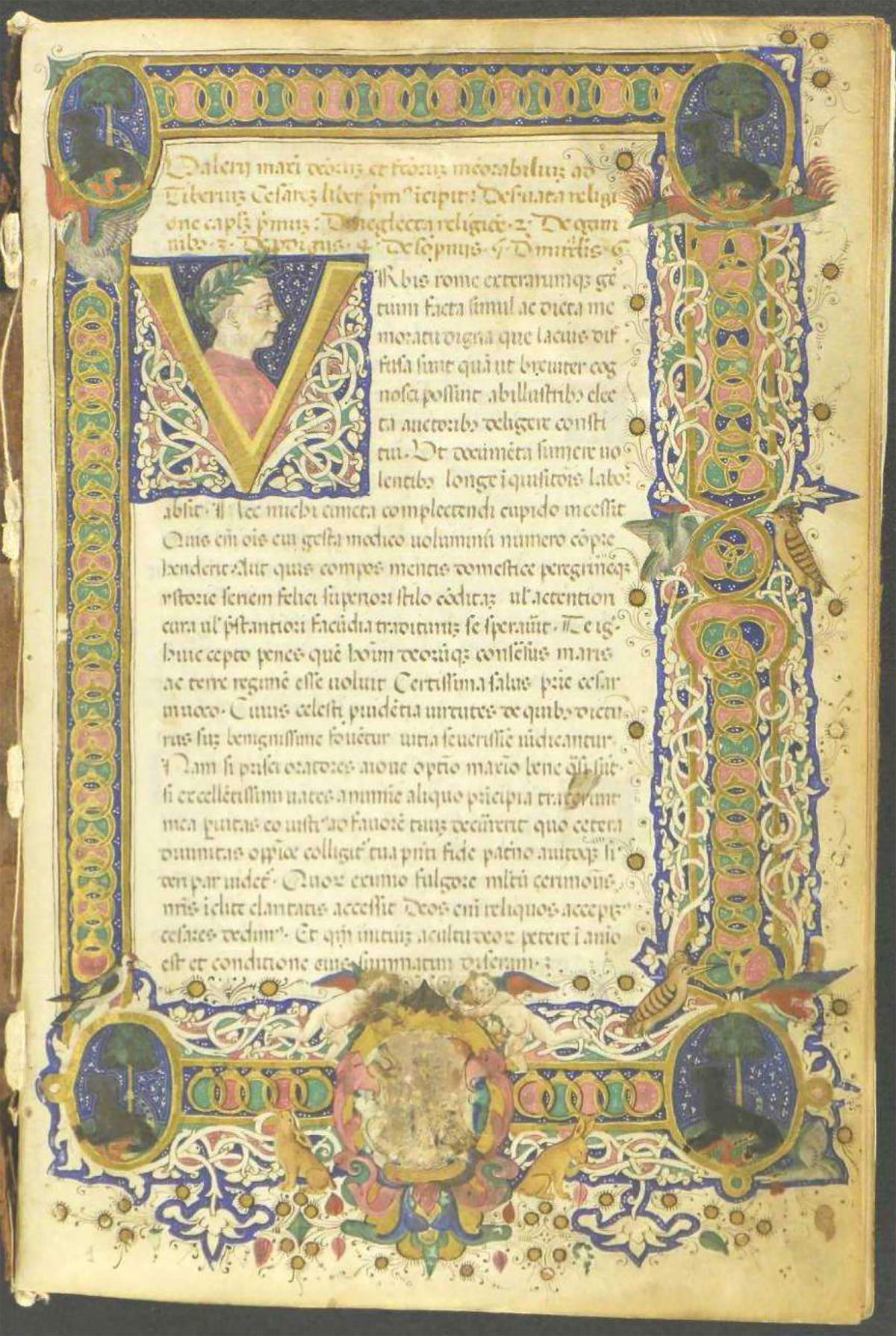
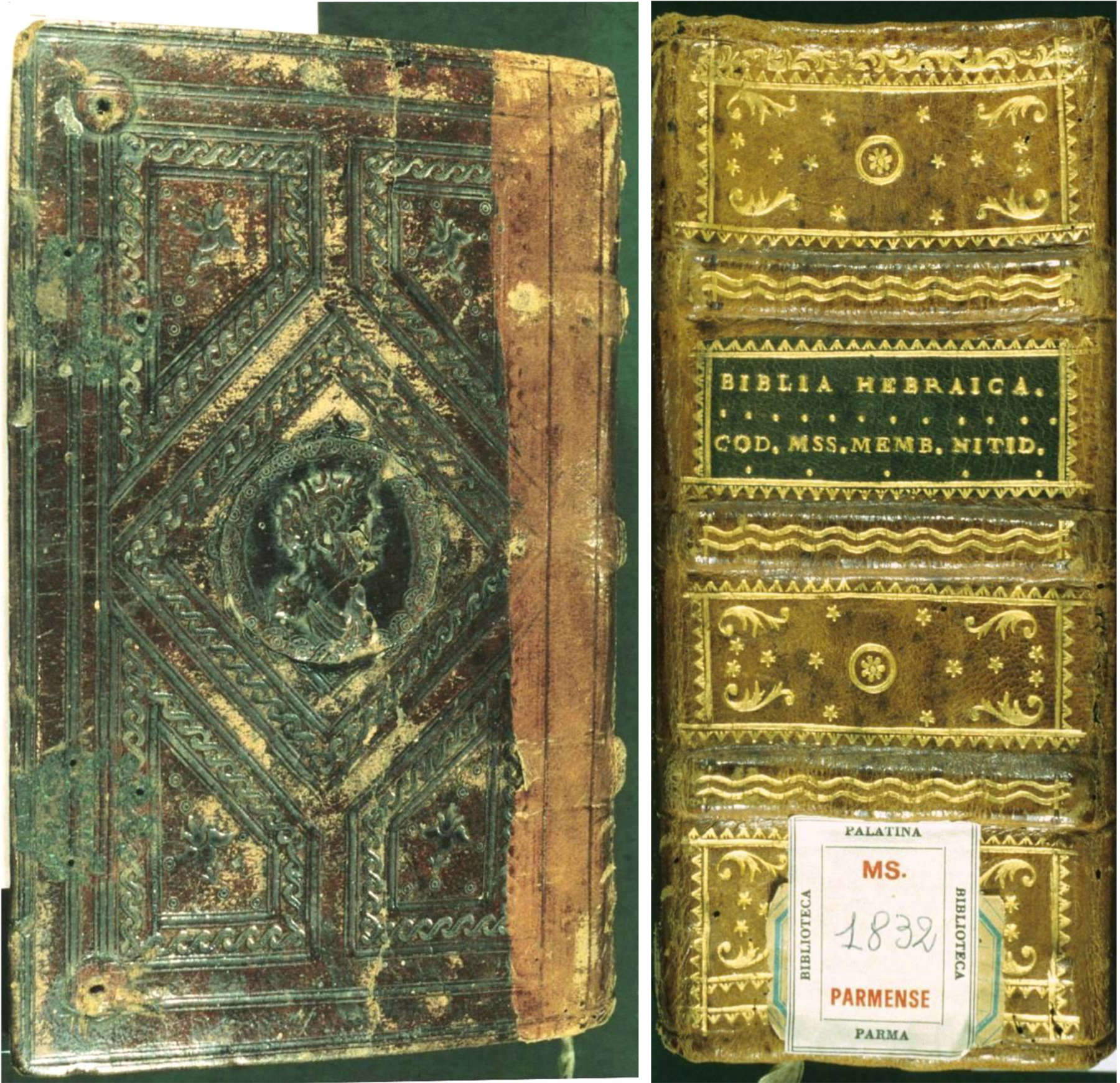
Renaissance: the printing revolution and the art of detailing
The Renaissance, with the spread of the printed book, also marks a revolution in the field of bookbinding. From the 15th to the 16th century, volumes begin to shrink in size, becoming more manageable and accessible. At the same time, materials also change: wooden plates are replaced by lighter cardboard structures, while stitching, previously done in leather sinew, relies on vegetable fibers such as hemp.
Italian Renaissance bindings are distinguished by the elegance and refinement of the decorations, which use gold leaf, gilded cuts, and meticulous engravings. Among the special features of this phase are the central medallions depicting mythological and allegorical scenes, true artistic masterpieces. Each Italian city and territory developed distinctive characteristics: in Venice, for example, the influence of Islamic decorations was recorded, while Rome adopted a sumptuous style linked to papal patronage.
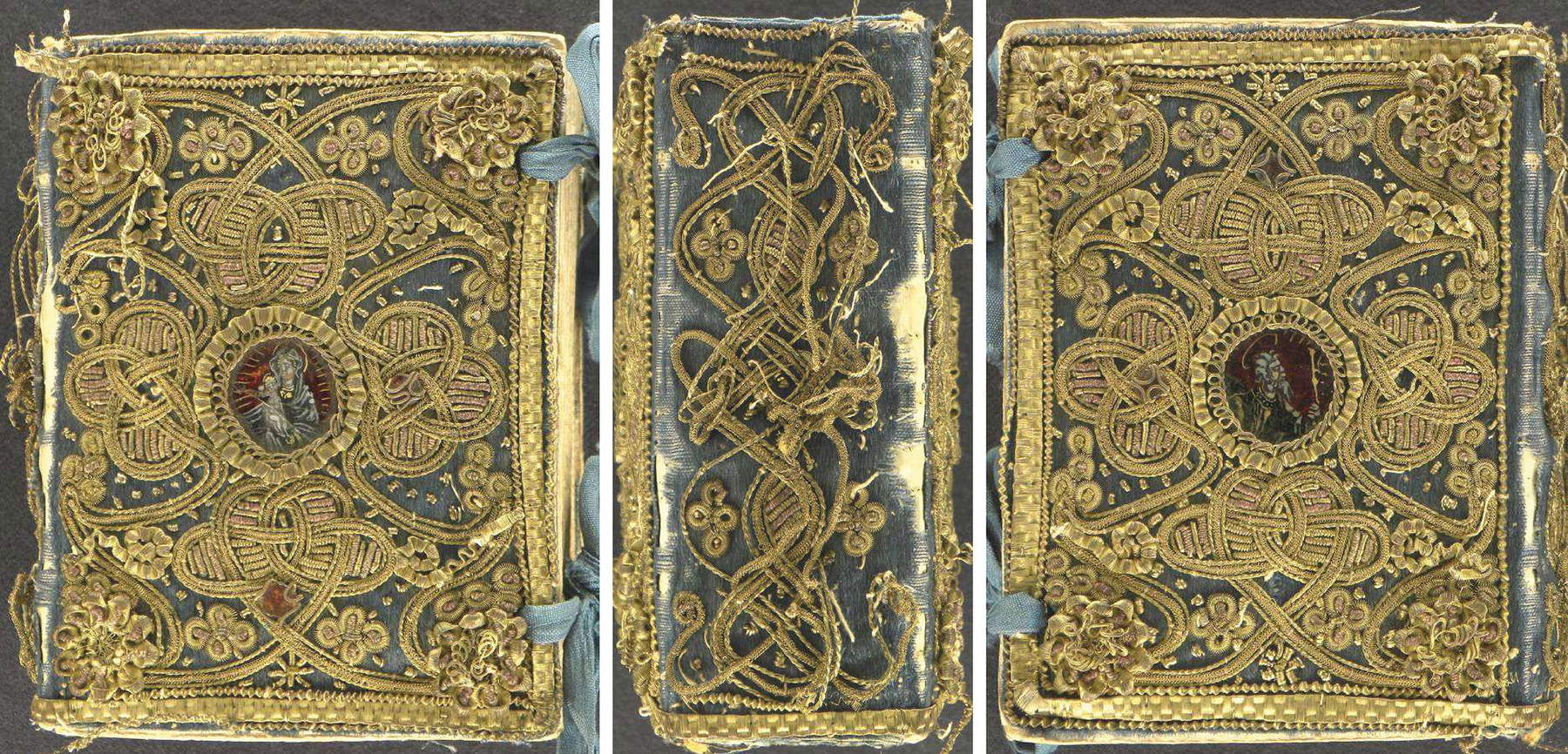
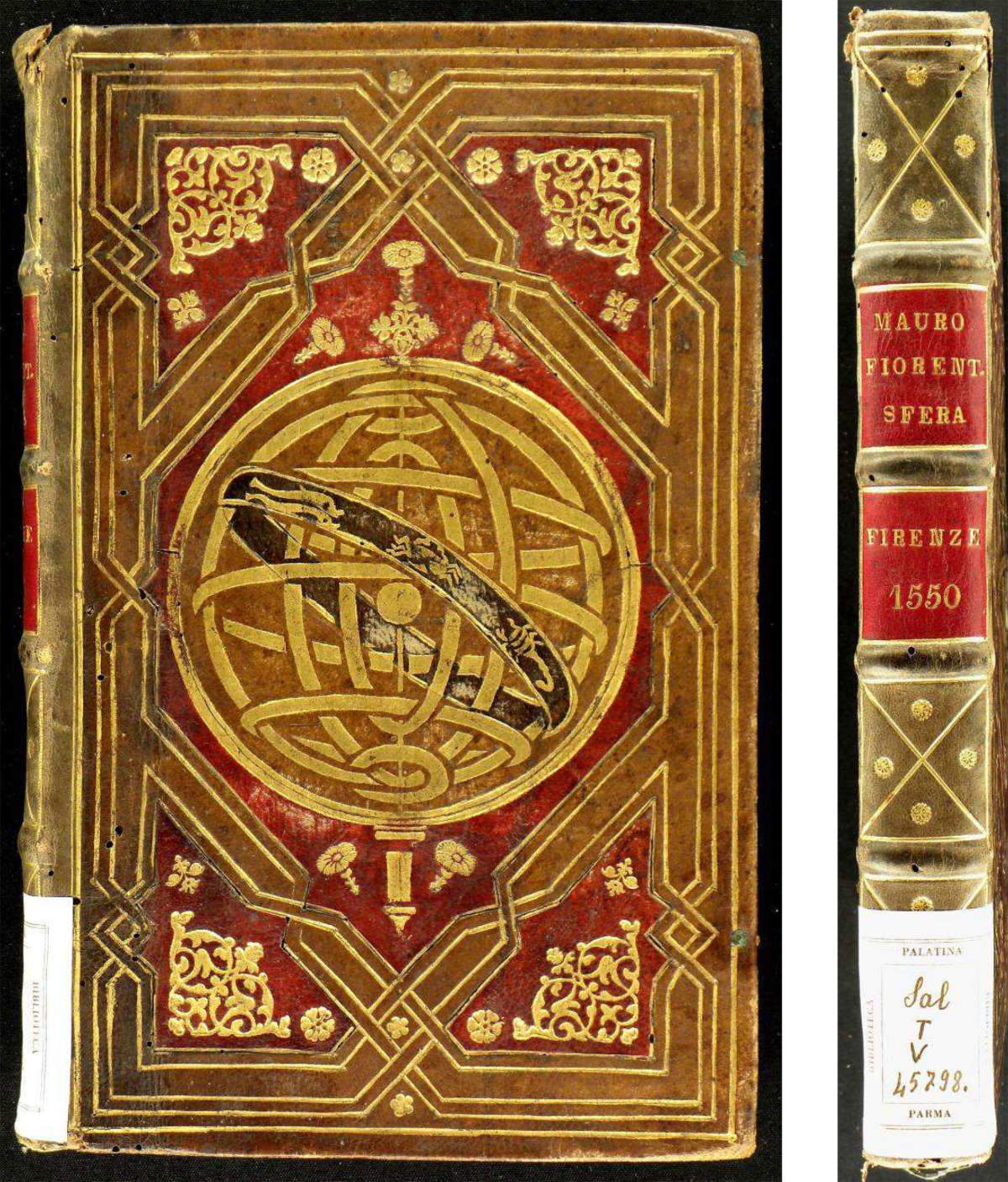
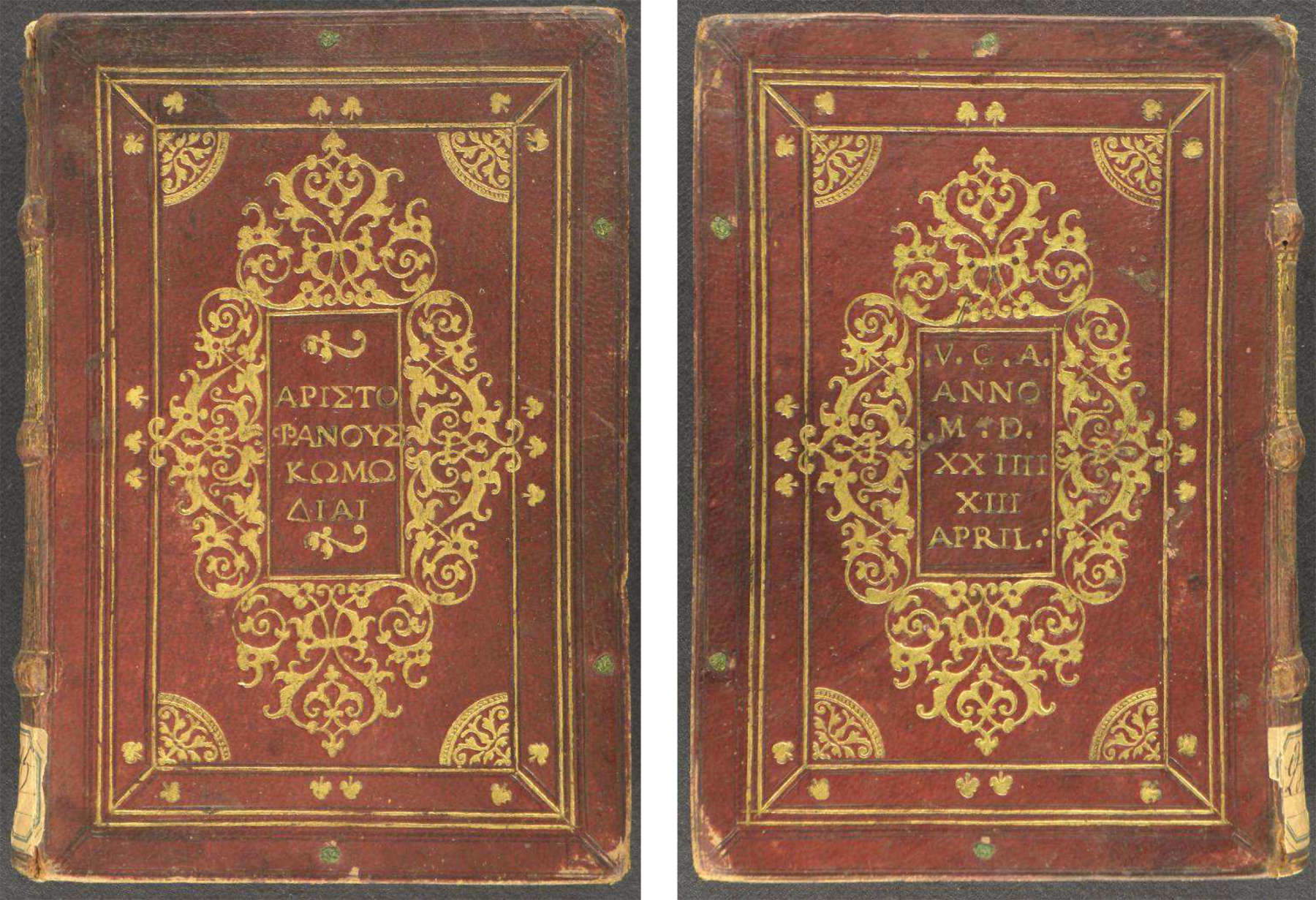
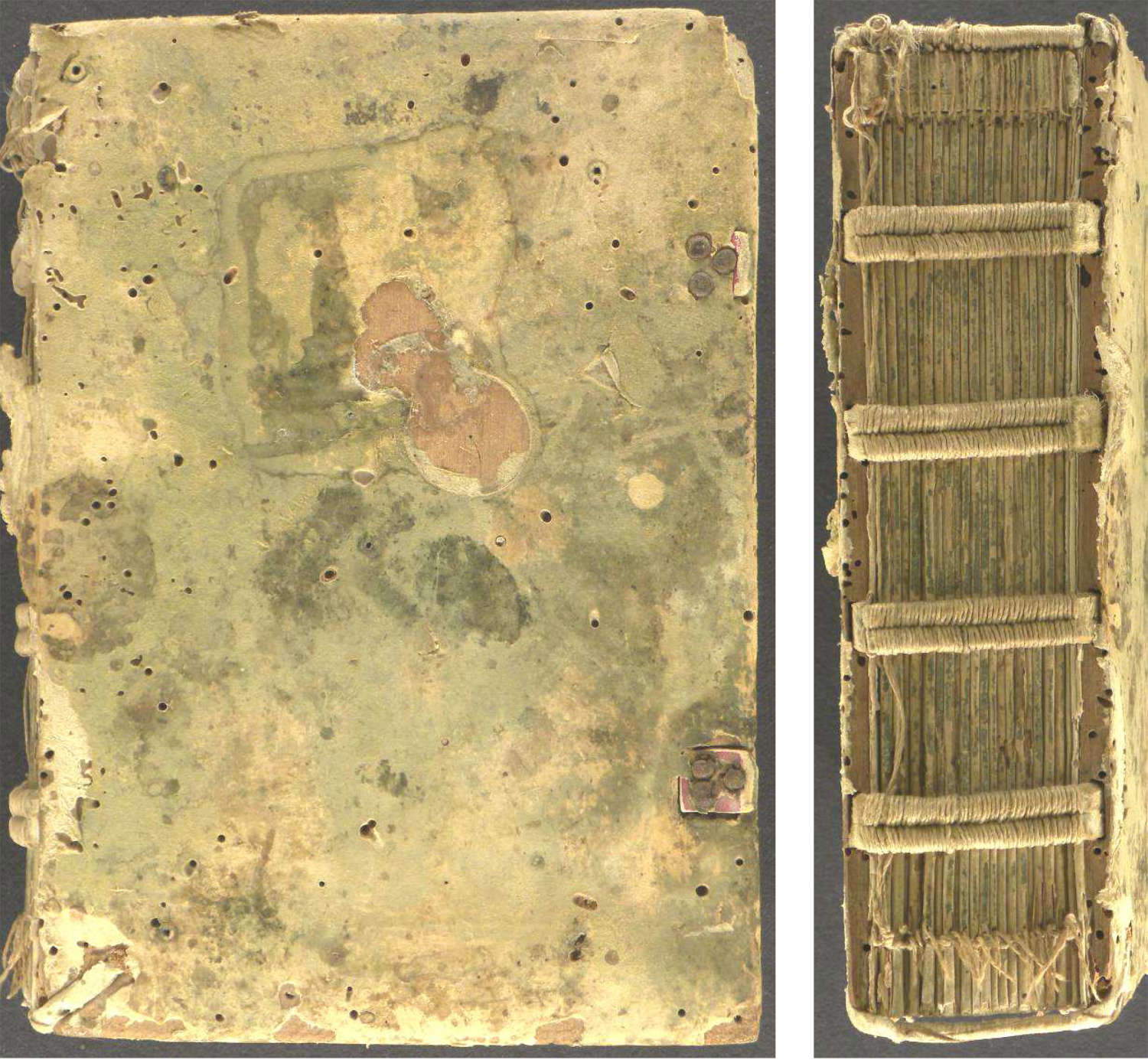
The Palatine Library: a heritage to be discovered
In addition to paying tribute to the historical and artistic evolution of bookbinding, the exhibition is an opportunity to discover the extraordinary wealth of Parma’s Palatine Library, founded in 1761. With a library collection that includes more than 1,460 manuscript and printed works, the Palatina confirms itself as a treasure chest of treasures, also accessible online through a digital section entirely dedicated to the art of bookbinding. This project, initiated by the Monumental Complex of the Pilotta, includes detailed cards, commentaries and reproductions of the works, encouraging the study and enhancement of the book heritage.
The exhibition can be visited by purchasing a ticket to the Pilotta Monumental Complex and is open Tuesday through Sunday, 10:30 a.m. to 7 p.m. Information on costs and concessions can be found on the official website of the Complesso della Pilotta.
 |
| The art of Italian bookbinding from the 15th and 16th centuries on display at the Pilotta in Parma |
Warning: the translation into English of the original Italian article was created using automatic tools. We undertake to review all articles, but we do not guarantee the total absence of inaccuracies in the translation due to the program. You can find the original by clicking on the ITA button. If you find any mistake,please contact us.
